How to Solve Cat Behavior Problems Like Scratching: A Comprehensive Guide
Cats are beloved companions known for their playful antics and affectionate nature. However, certain behaviors, such as scratching, can become problematic for pet owners. Scratching is a natural instinct for cats, but it can lead to damage to furniture and frustration for their humans. This comprehensive guide offers effective solutions to manage and redirect scratching behavior in cats.
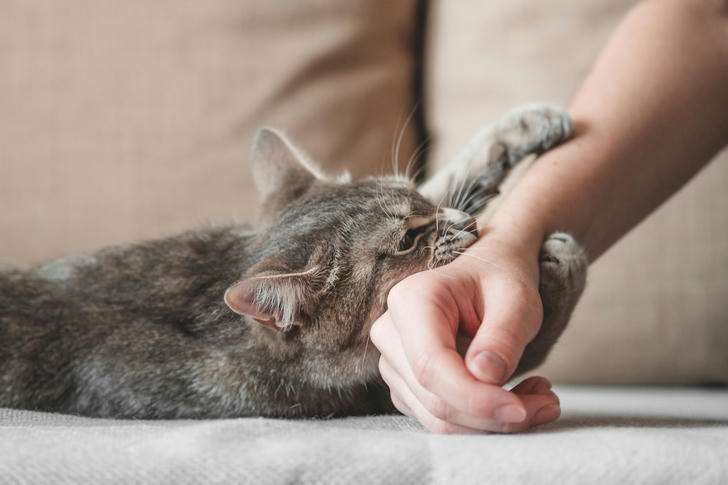
Understanding Scratching Behavior
Before diving into solutions, it's essential to understand why cats scratch. Scratching serves multiple purposes:
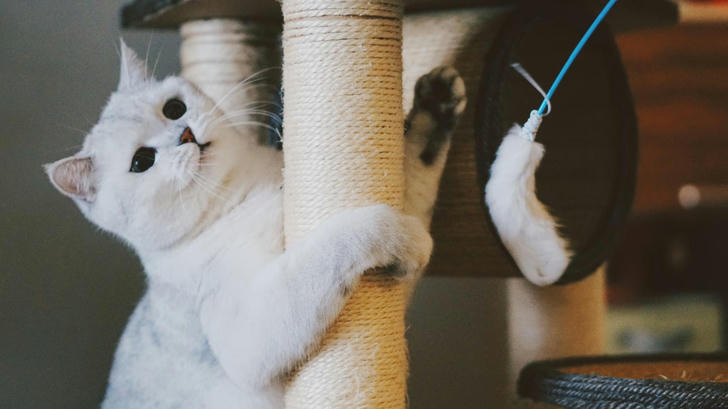
Claw Maintenance: Cats scratch to remove the outer layer of their claws, keeping them healthy and sharp.
Territorial Marking: Scratching leaves both visual and scent marks, signaling to other animals that the area is claimed.
Stretching and Exercise: Scratching helps cats stretch their muscles and keep them fit.
Stress Relief: Scratching can be a way for cats to release pent-up energy or stress.
Recognizing that scratching is a natural behavior helps in finding appropriate solutions.
Identifying Problematic Scratching
Before implementing solutions, observe your cat’s scratching behavior to identify specific patterns:
Target Areas: Is your cat scratching furniture, carpets, or specific items?
Frequency: How often does your cat engage in scratching?
Triggers: Are there particular situations or changes in the environment that lead to increased scratching?
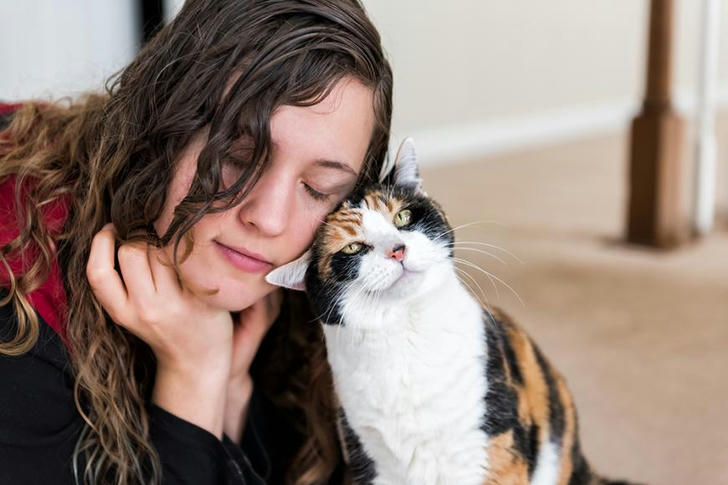
Understanding these aspects will help tailor a more effective strategy.
Solutions to Manage Scratching
1.Provide Appropriate Scratching Surfaces
One of the most effective ways to redirect scratching behavior is to offer suitable alternatives.
Types of Scratching Posts:
Vertical Posts: Cats often prefer tall scratching posts that allow them to stretch upward.
Horizontal Surfaces: Some cats prefer to scratch horizontally, so providing scratching pads can be beneficial.
Variety: Experiment with different materials like sisal, cardboard, or carpet to see what your cat prefers.
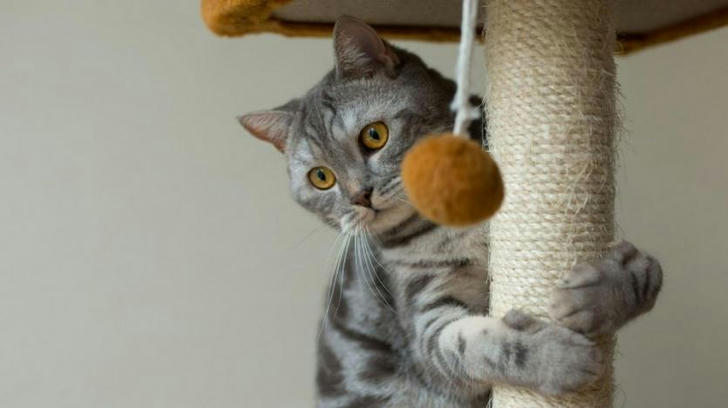
Placement:
Strategic Locations: Place scratching posts near areas where your cat frequently scratches. This encourages them to use the post instead of your furniture.
Accessible Spots: Ensure the posts are in easily accessible areas where your cat spends most of their time.
2. Use Deterrents
If your cat continues to scratch undesired areas, consider using deterrents to discourage this behavior.
Physical Barriers:
Furniture Covers: Use slipcovers or protective mats on furniture to prevent scratching.
Sticky Tape: Applying double-sided tape to furniture can deter scratching, as cats generally dislike the sticky texture.
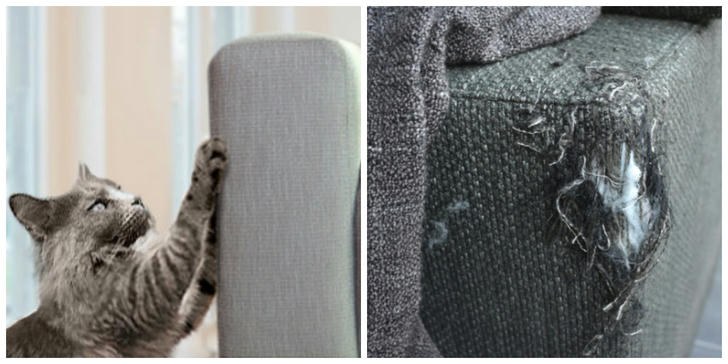
Scent Deterrents:
Citrus Scents: Cats tend to dislike citrus smells. Using citrus-scented sprays on furniture can act as a natural deterrent.
Commercial Sprays: There are products available that specifically target scratching behavior.
3. Positive Reinforcement
Training your cat through positive reinforcement can effectively change their scratching habits.
Reward Desired Behavior:
Treats and Praise: When your cat uses the scratching post instead of the furniture, immediately reward them with treats or praise.
Interactive Play: Engage your cat in play sessions near the scratching post to encourage its use.
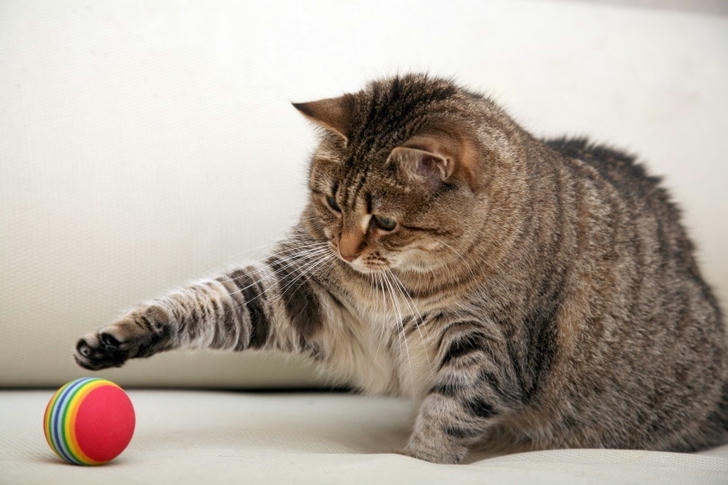
Consistency:
Be consistent with rewards and training sessions to reinforce the behavior you want to see.
4.Regular Nail Maintenance
Keeping your cat’s nails trimmed can help reduce the impact of scratching.
How to Trim Nails:
Get Comfortable: Start by getting your cat comfortable with having their paws handled. Gradually introduce the nail clippers.
Trim Regularly: Aim to trim your cat’s nails every few weeks. If you’re unsure how to trim them, consider seeking guidance from a veterinarian or a professional groomer.
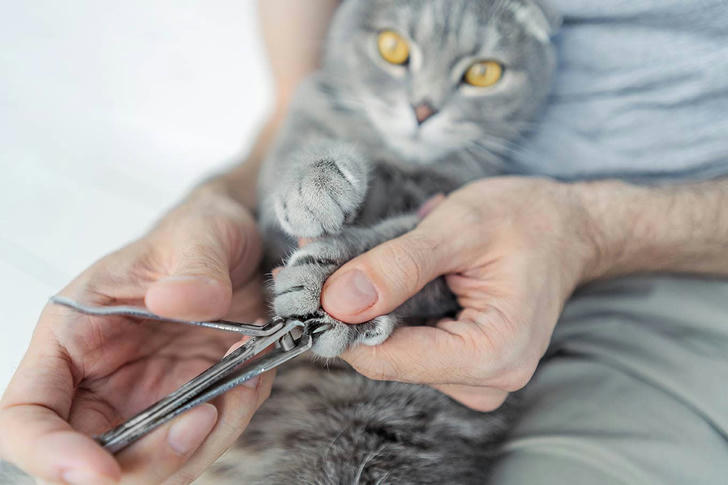
Nail Caps:
Soft Nail Caps: These are small, soft coverings that can be applied to your cat’s claws to prevent damage from scratching. Consult your vet for proper application.
5. Enrichment and Play
Sometimes, excessive scratching can stem from boredom or excess energy. Providing enrichment can help alleviate this.
Interactive Toys:
Invest in a variety of toys that engage your cat’s hunting instincts, such as feather wands or laser pointers.
Scheduled Playtime:
Dedicate time each day for interactive play. This helps burn off excess energy and reduces the likelihood of scratching due to boredom.
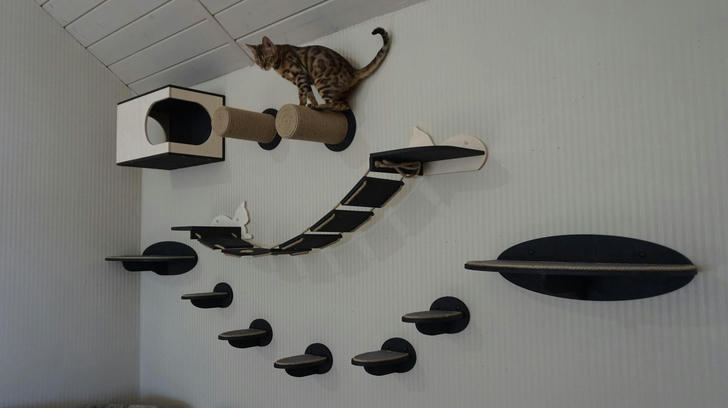
Puzzle Toys:
Puzzle feeders can stimulate your cat mentally and provide a rewarding challenge.
6. Behavioral Modification Techniques
If scratching remains an issue, consider implementing behavioral modification techniques.
Redirecting Behavior:
If you catch your cat scratching an undesired item, gently redirect them to the scratching post. Avoid yelling or punishing them, as this can lead to stress or anxiety.
Creating a Calm Environment:
Stress can exacerbate scratching behavior. Ensure your cat has a safe, quiet space to retreat to when feeling overwhelmed.
When to Seek Professional Help
If scratching continues to be a significant problem despite your efforts, it may be time to consult a veterinarian or a professional animal behaviorist. They can help identify underlying behavioral issues or health concerns that may be contributing to the problem.
Conclusion
Scratching is a natural behavior for cats, but it can become problematic when it leads to damage in your home. By providing appropriate scratching surfaces, using deterrents, and employing positive reinforcement techniques, you can effectively manage and redirect your cat’s scratching behavior. Remember, patience and consistency are key. With the right approach, you can create a harmonious living environment for both you and your feline friend.
